Commentary: What the FDA’s New Nicotine-Reduction Proposal Could Mean for Cigars
21 Mar 2018

Last week, the U.S. Food & Drug Administration (FDA) announced the start of a new comment period on proposed rules regarding how the agency regulates tobacco products, including possibly cigars.
Through June 14, 2018, the FDA is accepting public comments relating to a new proposal for reduced nicotine cigarettes. The strategy is part of the agency’s new harm reduction approach to regulating tobacco products. Cigarette regulations were mandated by the Tobacco Control Act (TCA), which was signed into law by President Obama in June 2009, and the FDA formally expanded tobacco regulations to include cigars in May 2016.
Although the rule largely deals with cigarettes (the primary target of FDA regulation under the TCA), the new rulemaking could have a significant impact on cigars. The Advanced Notice of Proposed Rule Making asks for comments about creating regulations that would reduce the amount of nicotine in cigarettes on the grounds this would make it easier for those who want to quit smoking.
Harm reduction as a whole has drawn praise from many who see it as a more scientific approach than the FDA under the Obama Administration, which focused on stopping new products from reaching the market. Still, the nicotine reduction approach has its critics, including those who say mandating reduced nicotine cigarettes would result in black markets and international smuggling.
Part of the rulemaking notice addresses the potential impact on premium cigars and how they should be treated under a nicotine reduction approach:
Some suggest that large cigars and those cigars typically referred to as “premium†cigars should be regulated differently from other cigars, asserting that they are used primarily by adults and their patterns of use are different from those of regular cigars (81 FR 28973 at 29024). FDA requests information and data on whether large and/or so-called premium cigars should be excluded from a possible nicotine tobacco product standard based on asserted different patterns of use, and whether large and/or so-called premium cigars would be migration (or dual use) candidates if FDA were to issue a nicotine tobacco product standard that excluded premium cigars from its scope. FDA also requests data and information on whether and how there is a way that, if FDA were to exclude premium cigars from the scope of a nicotine tobacco product standard, FDA could define “premium cigar†to include only unlikely migration or dual use products and thereby minimize such consequences.
In response, Dr. Gaby Kafie, president of Kafie Trading Company, LLC (maker of Kafie 1901 cigars), responded with an open letter to FDA Commissioner Scott Gottlieb, whose appointment by President Trump was supported by many cigar industry groups. Kafie, a physician, addressed the issue of nicotine in handmade cigars and why cigars are fundamentally different from cigarettes and many other tobacco products:
It is known throughout the premium cigar industry (cigar factories) that our tobacco products do not cause addiction. Addiction is directly related to nicotine levels absorbed in the process of smoking. Unlike cigarettes, the tobacco used in premium cigars is fermented for long durations of time (6 – 18 months or longer). The fermentation process is done to specifically remove ammonia from the tobacco. This removal of ammonia from the tobacco reduces nicotine absorption by cigar connoisseurs.
I have always had certain beliefs about premium cigars, tobacco, ammonia, and nicotine absorption and efficacy in humans. I have always known that premium cigars are a poor nicotine delivery method to humans.
The last part of that passage is key to the opportunity this new FDA approach provides to handmade cigars who have been uniquely restricted by FDA regulation, since thousands of new cigars have been introduced every year, unlike cigarettes where new products are relatively rare.
Handmade cigars, because of their artisanal nature, the techniques used to make them, and the costs associated with them, are an inherently inefficient way to deliver nicotine. Unlike cigarettes, traditional cigars are produced to achieve flavor and combustion qualities, not manipulated for nicotine levels.
While handmade cigars do contain nicotine since they are made of 100% tobacco, adults who choose to smoke handmade cigars do irrespective of their relative nicotine content. In fact, as Dr. Kafie observes, the production techniques that make premium cigars attractive to smokers tend to reduce cigars’ ability to deliver nicotine.
This is compounded by the fact that, when used properly, cigars are not inhaled, which also reduces nicotine absorption.
In the coming weeks, we’ll have more on what consumers should include in their comments to the FDA about this new proposal. In the meantime, know that this new FDA approach represents both a threat and a possible reprieve for handmade premium cigars.
Should the FDA more forward with its nicotine reduction proposal without exempting cigars, it would create massive compliance costs that could further reduce the introduction of new cigars, which largely use the same production techniques as cigars have used for hundreds of years (and therefore effectively the same levels of nicotine). Subjecting handmade cigars to nicotine reduction regulations would crush the creativity that drives the premium cigar industry and leave what little new cigar production that could survive such regulation in the hands of scientists and bureaucrats, rather than master cigar makers with skills handed down through generations.
Meanwhile, the upshot is the new proposed reduced nicotine regulations seem to recognize the regulatory framework that might make sense for cigarettes can’t and won’t work for cigars, especially under an FDA regime focused on harm reduction. The cigar industry should embrace the opportunity to point out again (as it did when the FDA created the current framework for cigar regulation) that cigars are a unique, handmade product, and that cigar smokers don’t smoke cigars for their ability to deliver nicotine but because they appreciate the unique aspects of this artisanal handmade product.
–Patrick S
photo credits: Stogie Guys

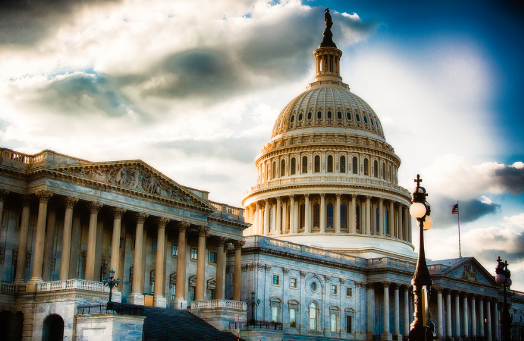
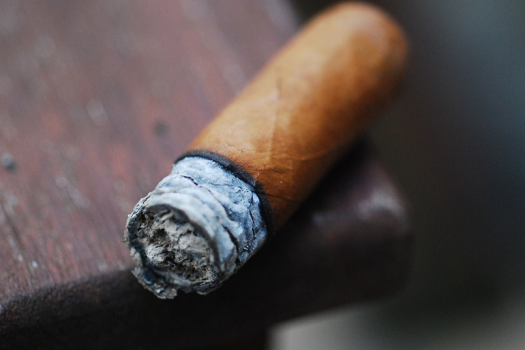
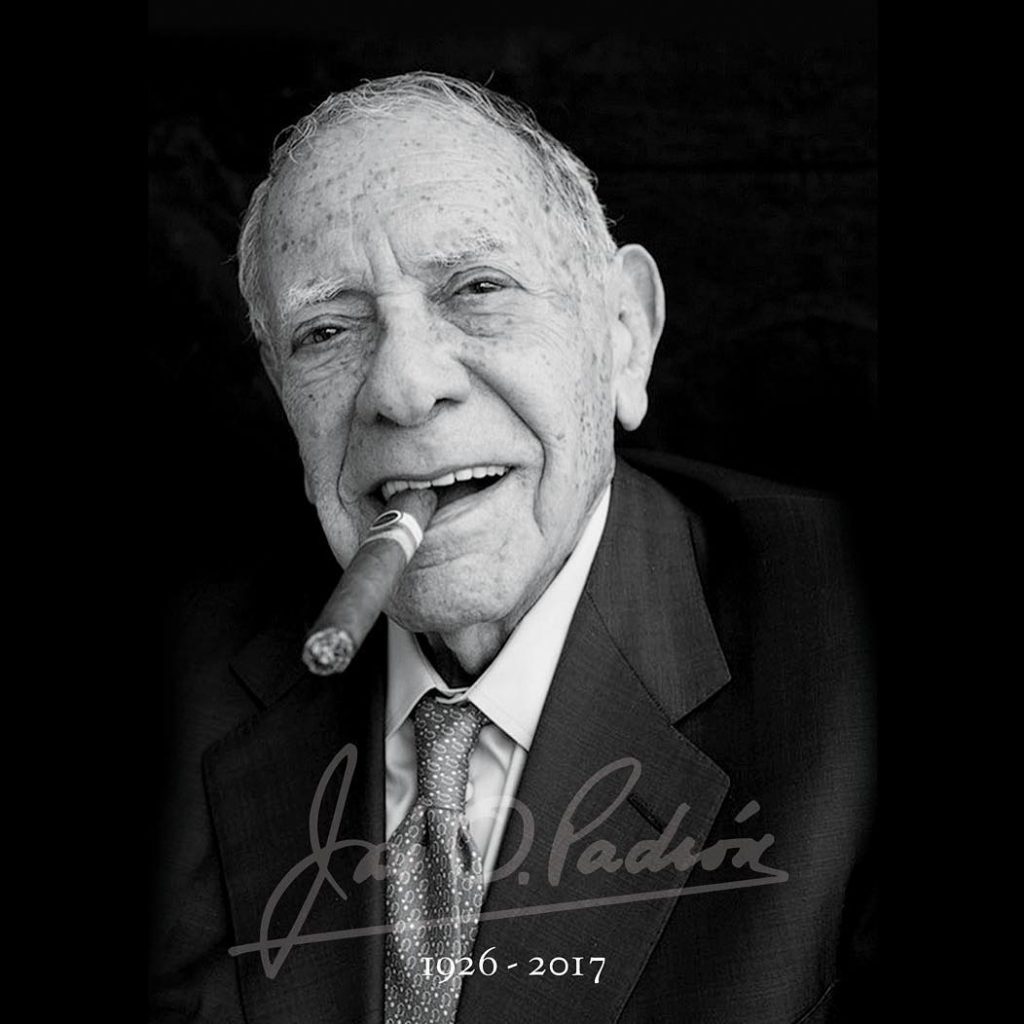
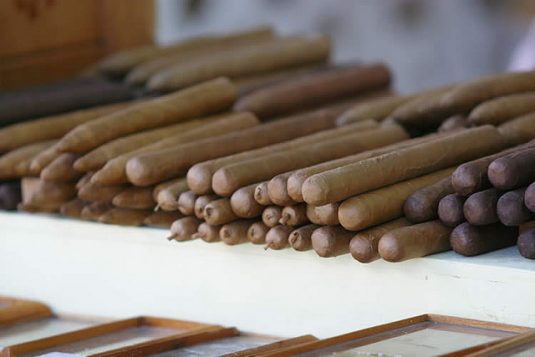


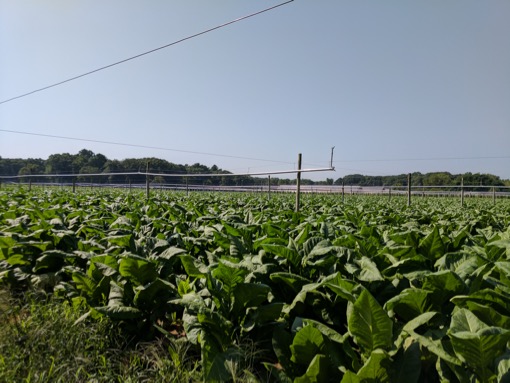
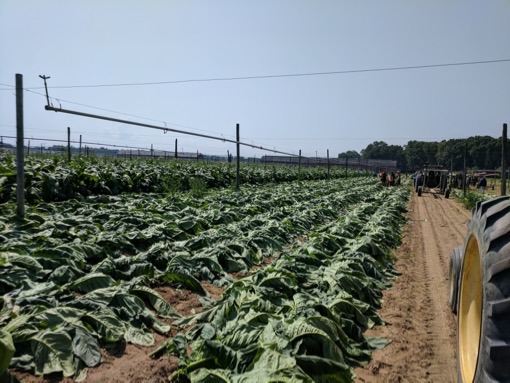
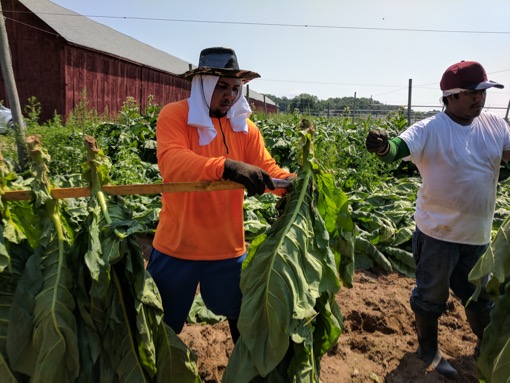
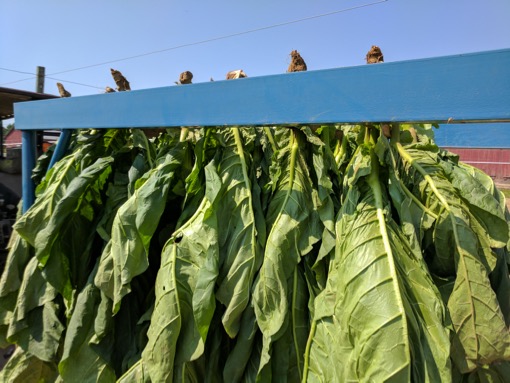
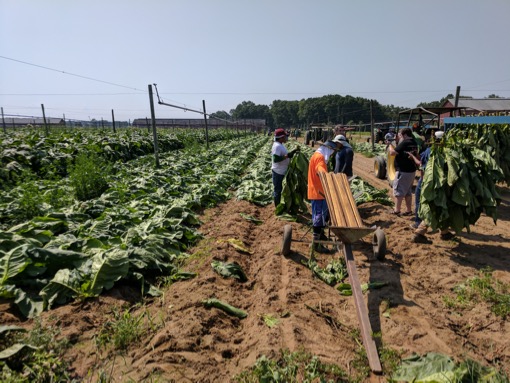
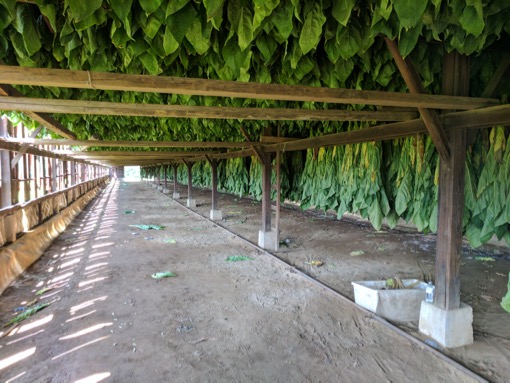

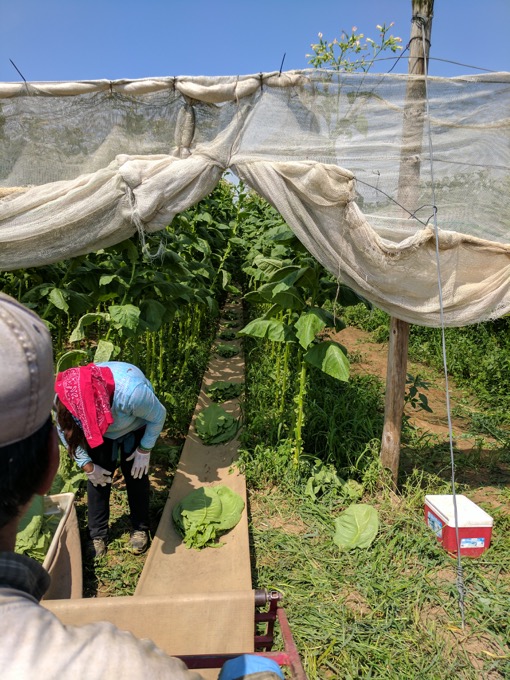
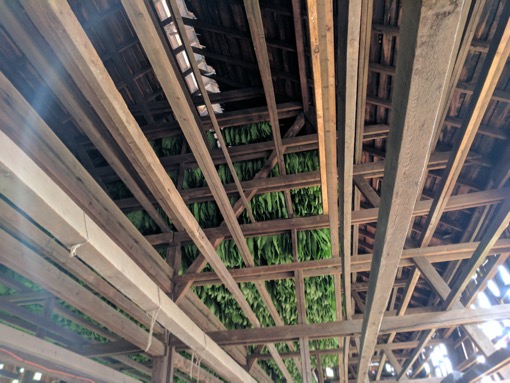
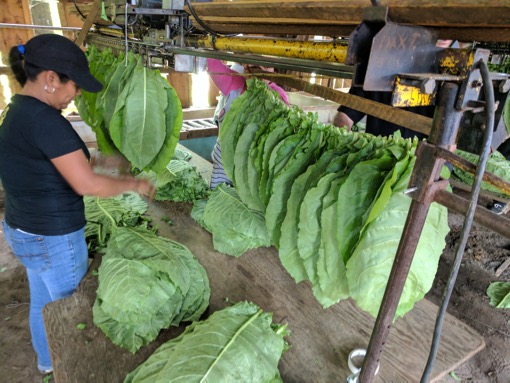
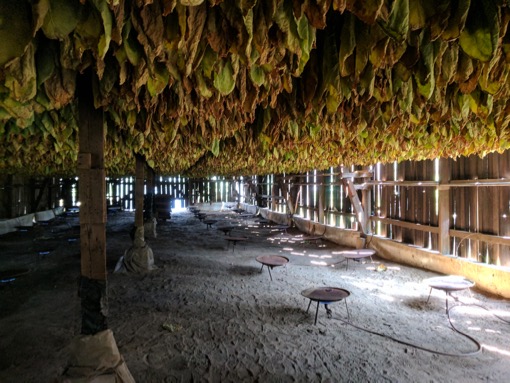
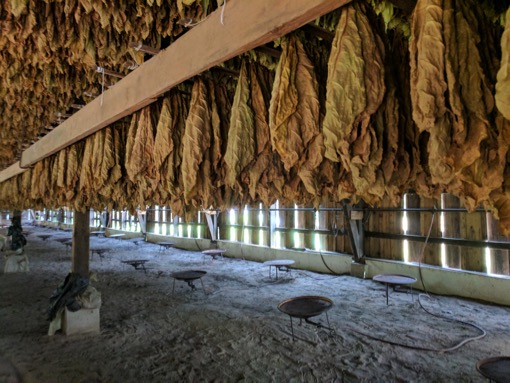
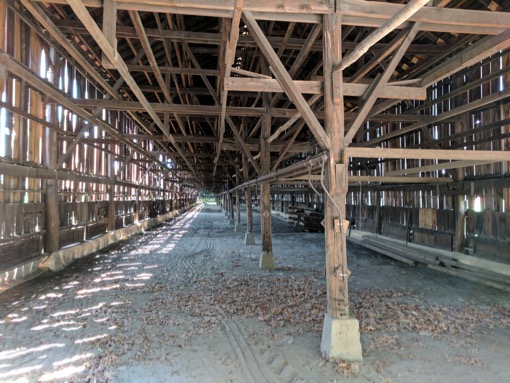

 Patrick Ashby
Co-Founder & Editor in Chief
Patrick Ashby
Co-Founder & Editor in Chief Patrick Semmens
Co-Founder & Publisher
Patrick Semmens
Co-Founder & Publisher George Edmonson
Tampa Bureau Chief
George Edmonson
Tampa Bureau Chief